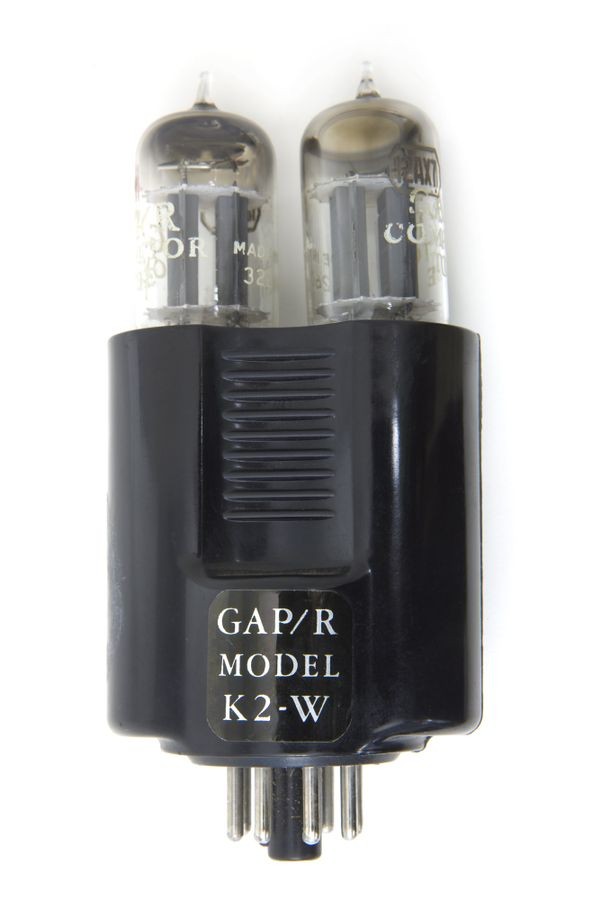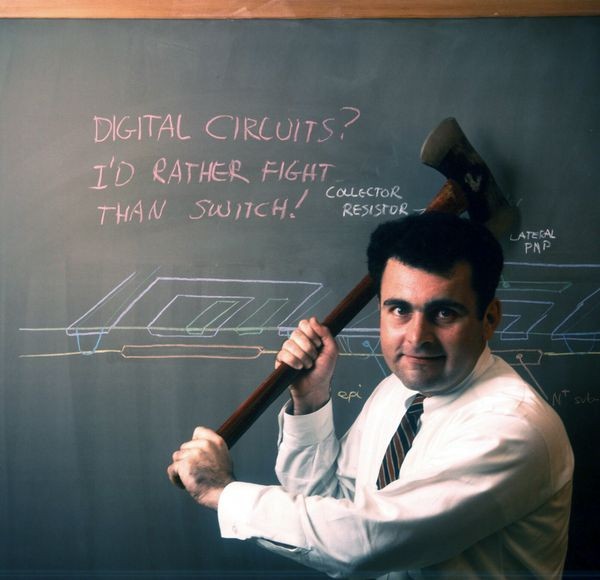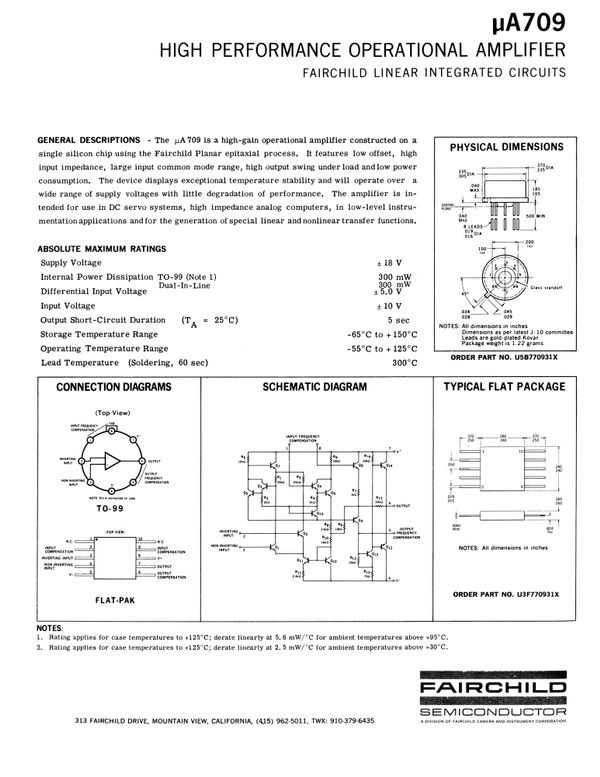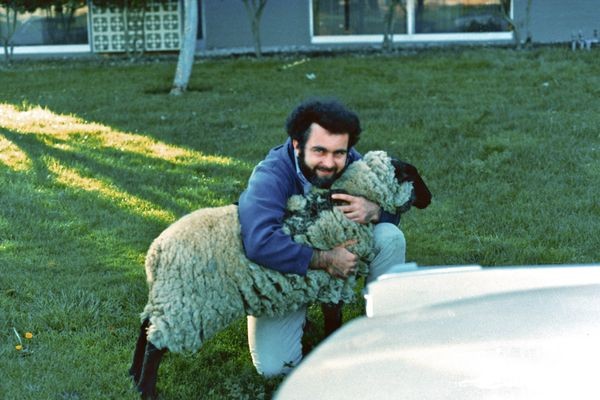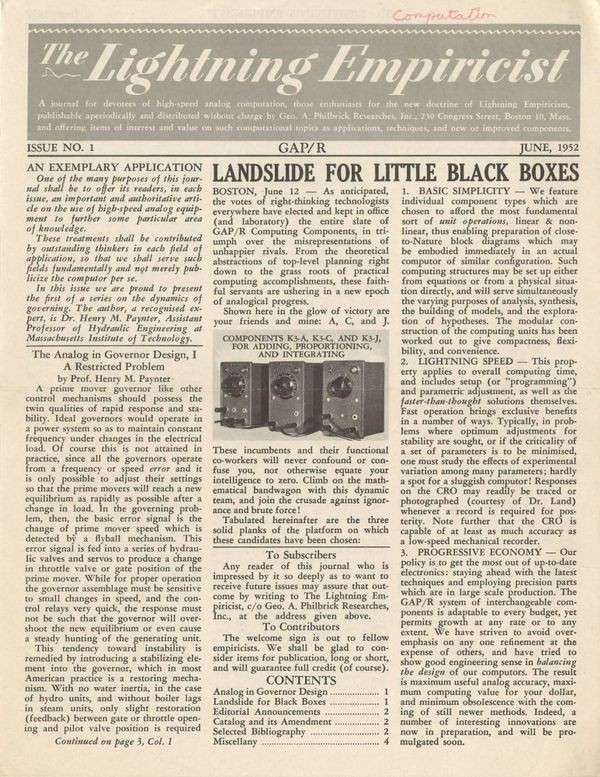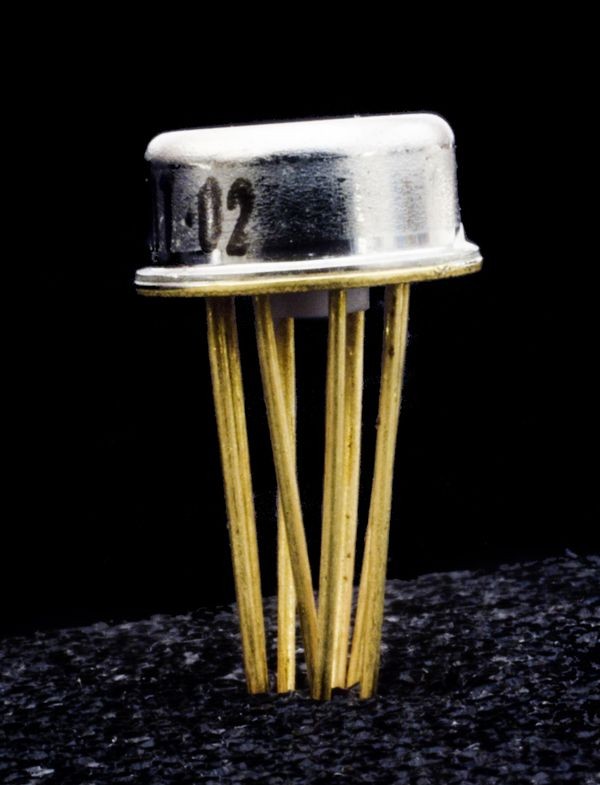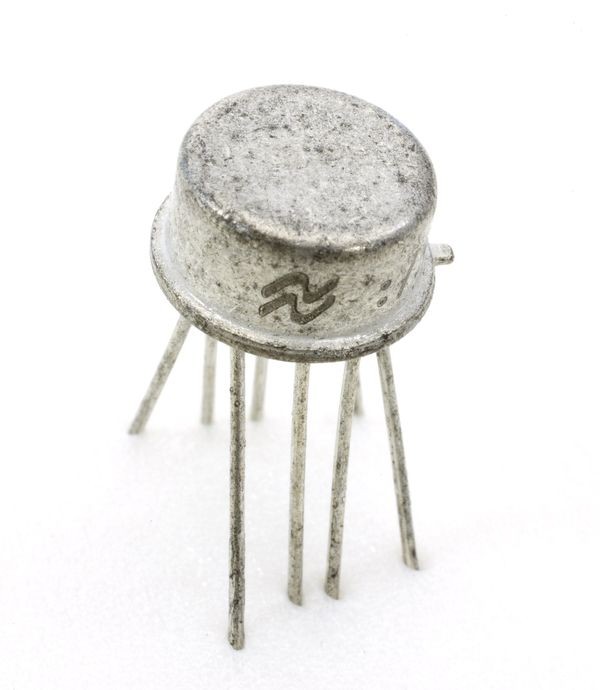Op-amp Circuit Design
GAP/R Vacuum Tube K2-W Operational Amplifier
George Philbrick started producing K2-W vacuum-tube operational amplifiers in 1952, inspired by modular “black boxes” he made for engineers to build their own analog computers.
Op-amp Circuit Design
The operational amplifier, or “op-amp” is a key component of an electronic analog computer. Its invention in the early 1940s allowed unwieldy mechanical contraptions to be replaced by silent and speedier electronics.
An op-amp, technically, is a high-gain voltage amplifier with differential inputs. Using appropriate negative feedback, a single op-amp can add or subtract two voltage signals, multiply by a constant, or integrate voltage over time. Stringing together many op-amps lets one compute complicated formulas.
Many analog computers relied on vacuum-tube op-amps, available commercially from George A. Philbrick’s company in 1952. In 1963, Bob Widlar at Fairchild Semiconductor made an op-amp on a single integrated circuit.
Widlar’s 1965 µA709 became a huge commercial success. He later became the analog wizard-in-residence at National Semiconductor, widely known not only for his creative and reliable designs, but also for his colorful personality.
George Philbrick (1913–1974)
George Philbrick’s background was industrial process control. Experience with fire control systems during World Word II led Philbrick to manufacture analog computing components.
View Artifact DetailBob Widlar (1937–1991)
Widlar was among the most brilliant and eccentric designers of analog integrated circuits. His ingenious designs at Fairchild and National Semiconductor are legendary—as are his stunts.
View Artifact DetailµA709 High Performance Operational Amplifier Datasheet
Data sheets for electronic components evolved into a stylized format that gives lots of detailed information in a small space.
View Artifact DetailBob Widlar with sheep
After National Semiconductor decided to save money on lawn mowing, Widlar bought a sheep and delivered it in his Mercedes-Benz convertible. Local newspapers had a field day.
View Artifact DetailThe Lightning Empiricist, Issue No. 1
George Philbrick knew the importance of communicating with his customers. The Lightning Empiricist, a newsletter published for two decades, was part sales brochure, part application note and always featured Philbrick’s flowery language.
View Artifact DetailFairchild Semiconductor µA709 operational amplifier
The µA709 was the successor to Bob Widlar’s pioneering µA702 integrated circuit, the earliest monolithic IC op-amp. The µA709 was a huge success for Fairchild, which struggled to meet the demand. Competitors eventually made clones.
View Artifact DetailNational Semiconductor LM10 operational amplifier
The LM10, another of Bob Widlar’s brilliant operational amplifier designs, functioned with very low voltages. It was in production for over three decades.
View Artifact Detail